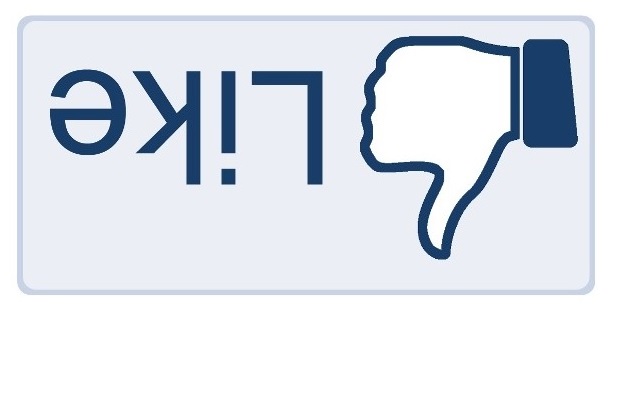Last week, Facebook revealed it was developing a much-sought-after ‘dislike’ button, giving it even greater insight into the likes and dislikes of its users. New research from Global Web Index sheds light into why the social network is so keen to get an extra layer of emotional data from its users- but what cost to brands?
The ‘dislike’ or ‘empathy’ button could present some serious challenges to brands.
Overall, clicking the “like” button remains the most popular action on Facebook, with 7 in 10 active users doing this each month.
However, almost a fifth are “un-liking” products or brands and about 1 in 10 are posting critical comments.
Although it’s only small minorities who are currently undertaking these more negative actions, it’s not hard to see the potential difficulties which could accompany the introduction of a button that allows people to express negative sentiments in a quick and simple way.
Little wonder that it’s being positioned as an empathetic tool, then, or that its introduction will be managed extremely carefully.
Despite these challenges, the potential benefits for Facebook are clear to see. Not only does it give some of the site’s more passive users a reason to engage with Facebook, it will also provide a further level of information for its ad-targeting platform Atlas.
To learn more about Facebook and the wider social networking landscape, download a free summary of the new GWI Social report here.
